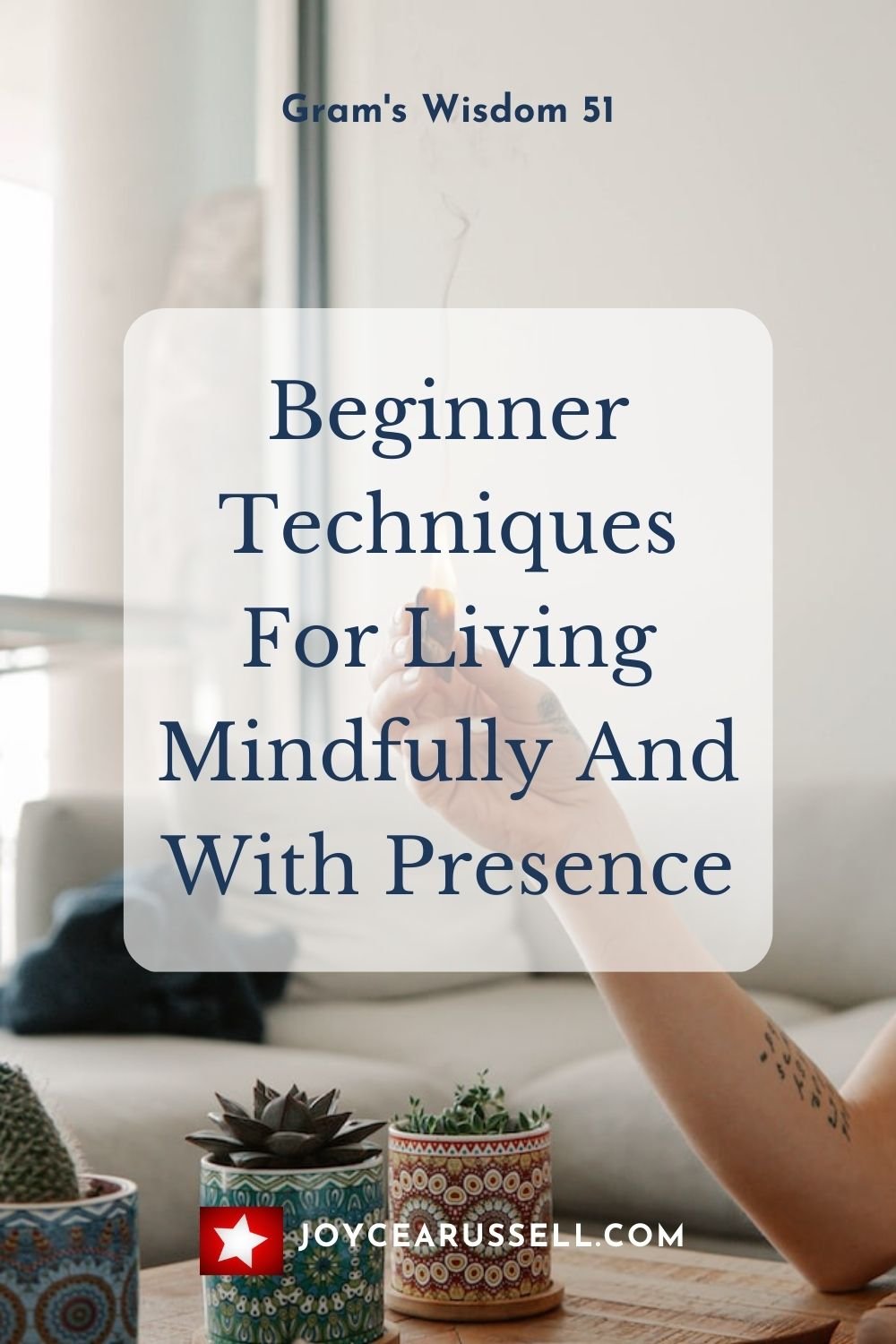Are you feeling disconnected with yourself, your life, or the inner peace you wish you had? Maybe you're so preoccupied with everything in your daily existence that you hardly have time to realize what goes on around you.
Perhaps the only time you observe nature is when the weather has the nerve to meddle with your to-do list. Maybe you can't recall the last time you were inclined to simply sit outdoors in quiet observation, leaving your phone and your cares inside.
There is indeed an enormous amount of proof that spending time in nature has a considerable beneficial influence on mental and physical health. Strolling in a green space has been demonstrated to help with mental health issues such as depression and ADHD.
For some of us, being in nature can become the beginning of a meditation practice, or a heightened spiritual understanding of how we are all related. For others, it is simply an incredible method to relieve tension.
Time spent in nature is a delightful way to temporarily forget oneself while concentrating on things outside of ourselves. In addition to treating mental health challenges and enhancing physical well-being.
Here are a few excellent techniques to begin bonding with the natural world around you, no matter where you want your time outside to take you.
Slow your steps to the speed of nature.
Walking slowly has a calming effect on your breathing. It also opens a world of subtle beauty that often goes unnoticed in the hurried pace of modern life. When you consciously slow down your steps, you create an opportunity to engage with your surroundings on a deeper level. It's as if a veil has been lifted, revealing the intricate wonders that exist within the commonplace.
A tiny lichen thriving in a sidewalk crevice suddenly becomes a miniature forest, showcasing the resilience of life in unexpected places. Similarly, a previously overlooked tree now commands your attention with its unique branches and leaves. A testament to the diversity of nature in urban settings.
As you embark on this thoughtful exploration, you become attuned to the symphony of sounds in your environment. The rustling leaves, chirping birds, and distant traffic hum. The world around you begins to unfold in an array of colors, textures, and scents. The soft caress of a gentle breeze on your skin and the warmth of sunlight filtering through the foliage provides a sensory experience that feels deeply nourishing.
A feeling of peace may be your companion in this slower pace of life. You might even engage in spontaneous conversations with fellow pedestrians, making connections that would have remained hidden in the rush. Time stretches before you, and worries fade as you immerse yourself in the present moment.
Embrace the art of walking slowly. For it is not only a physical act but a mindfulness practice that invites you to savor the richness of your surroundings. With each unhurried step, you promote a deeper connection to the world, and in doing so, discover the extraordinary within the ordinary.
2. Test barefoot breathing.
Find a peaceful spot outside—a park nook, a quiet space in your garden, or your favorite wild location. Slip off your shoes. Shut your eyes and take 100 deep, soft breaths while feeling the sunlight on your face, the breeze on your body, and the warm heart of the ground through the soles of your feet.
Indeed, humans are unique in their tendency to separate themselves from the direct connection with the Earth's natural energies using shoes. This intriguing phenomenon highlights a reflective aspect of our relationship with the environment. When you peel away the layers of modernity and remove your shoes, it's as if you have discovered an ancient, primal connection that has been buried beneath the trappings of civilization.
Standing barefoot on the Earth is a return to a more instinctive state, a recovery of the close bond that our ancestors had with the land. The sensation of cool soil, warm sand, or dewy grass beneath your feet can be remarkably grounding. It's as if the Earth is cradling you, sharing her vital energy with your very being.
This act satisfies a need for connectivity. Reminding us that we are not separate entities in the world but a part of a vast, unified ecosystem. Through the soles of your feet, you can absorb the Earth's energy, ground yourself in the present moment, and harmonize with the natural rhythms of life.
In this simple act of shoelessness, there is a sense of liberation from the limitations of the modern world. It's a repossession of a lost connection, an appreciation of our shared existence with the planet. It’s a reminder that, despite our technological advancements, we are, at our core, earthbound beings pursuing a relationship with the spirit of the Earth.
3. Dine alfresco.
Taking your lunch or a good book outside to savor amid nature is a simple yet refreshing act. It's a chance to escape the confines of indoor spaces and embrace the great outdoors. As you settle onto a park bench or spread out a picnic blanket, you open yourself to a world of sensory delights.
The fresh air that surrounds you carries the whispers of the natural world. The scent of blooming flowers, the earthy smell of grass, and rustling leaves in the breeze. With each breath, you inhale the invigorating essence of the environment, revitalizing your body and mind.
Natural sunlight, whether filtered through the branches of a tree or blanketing the open space, washes you in its warm embrace. The life-giving energy of the sun fills you with vitality and brightens your mood. The play of light and shadow creates an ever-changing canvas, enhancing your appreciation of the world's beauty.
As you dine or lose yourself in the pages of a captivating book, the music of nature provides a soothing backdrop. Birdsong, the distant murmur of water, and the occasional movement of wildlife become the soundtrack to your experience. Enhancing your sense of connection to the natural world.
In these moments outdoors, you're not just feeding your body or engaging your mind; you're nurturing your spirit. You allow yourself to be fully present and open to the beauty and wonder of the environment. To find solace in the simple pleasures of life. So, seize the opportunity to dine al fresco or lose yourself in a book under the open sky, for in these moments, you'll discover a sense of harmony and inner peace.
4. Give a tree a hug.
While the term "tree-hugger" may be employed with a touch of irony, there's a genuine and revitalizing practice behind it. Hugging a tree isn't just an ecological statement; it's a simple yet reflective way to connect with nature and replenish your energy reserves. When you approach a tree intending to embrace it, you're about to partake in an age-old ritual that transcends language and culture.
As you close your eyes and press your cheek against the rough, textured bark of the tree, you initiate a sensory understanding like no other. The bark, a protective layer for the tree, now becomes a channel for your connection to the natural world. It's as if you're sharing a moment of familiarity with a living, breathing entity.
Spread your arms to encircle the tree, you're engaging in a silent conversation with nature. In this embrace, you can feel the tree's steadfastness and its resilience. Its deep-rooted connection to the earth becomes a reminder of the interconnectedness of all life on our planet.
In this simple act of hugging a tree, you're forming a bond. Exchanging a bit of your vitality for the wisdom and serenity that the tree offers while also reminding you of your place in life. It's a moment of quiet communion, a chance to slow down and rekindle your connection to the natural world.
In conclusion, our connection with nature has immense benefits for our physical, emotional, and spiritual well-being. Simple acts like walking slowly, going shoeless, enjoying meals or books outdoors, and even hugging trees can nurture this connection. These practices ground us, rekindle our primal bonds with the Earth, and provide opportunities for mindfulness and renewal. Amid the fast-paced modern world, moments in nature offer a reminder of our interconnectedness with the environment. An occasion to savor the beauty and energy surrounding us, ultimately enriching our lives in beneficial ways.
My final thoughts are:
Inner peace can still be found in the outdoors. I find it there every morning when I hang my laundry. Learn to ignore other peoples’ noise and you will find inner peace in the quiet places of your mind.
Read these for more information.
The Restorative Value Of Mindfulness.
Thank you for reading this, I hope you enjoyed it.






